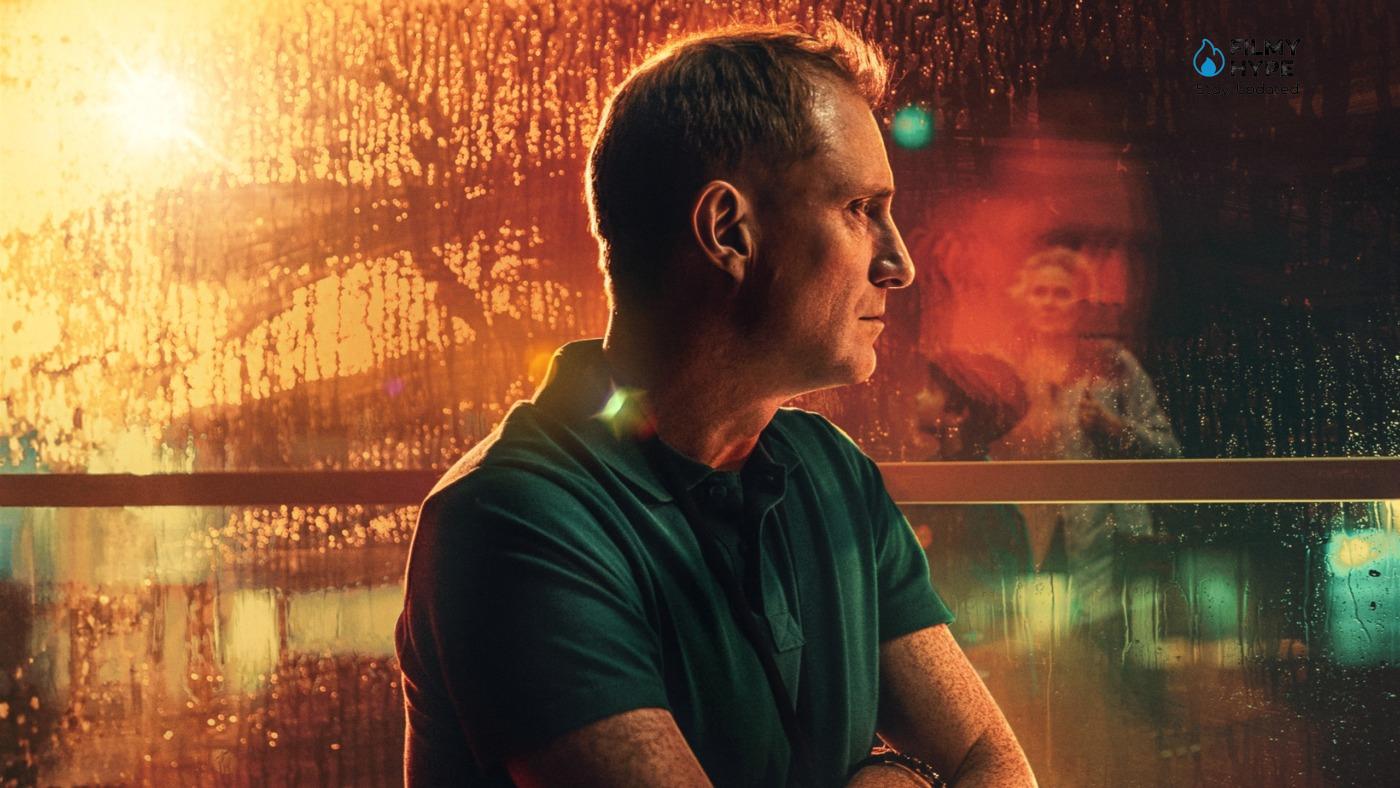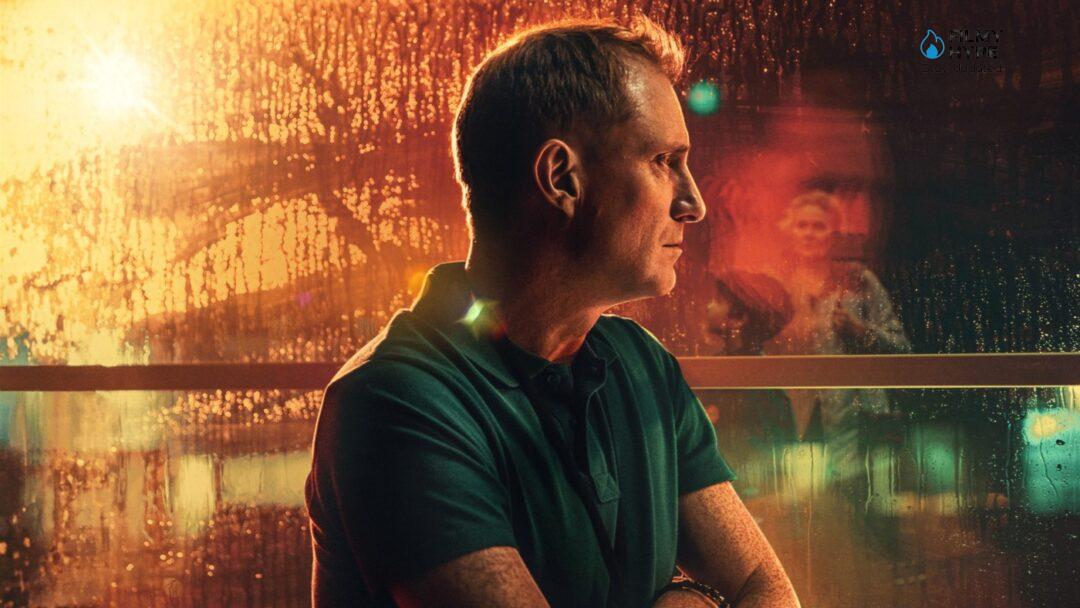The Breakthrough Series Review: A Narrative That Oscillates Between the Present and the Past
The Breakthrough Series Review: The Breakthrough (original title Genombrottet) the Swedish Original Netflix is a mystery story based on a murderer who has survived the law for 16 years with genealogy methods through DNA. In 2004, a brutal double murder shocked the peaceful town of Linköping, Sweden. An eight-year-old boy, Adnan, was stabbed on his way to school, and a fifty-six-year-old woman, Gunilla, who tried to intervene, was also fatally affected. The case, which for years remained shrouded in mystery, was resolved only sixteen years later thanks to the use of DNA genealogy, a revolutionary technology that was not available at the time of the facts. The Breakthrough, a Swedish miniseries consisting of four episodes directed by Lisa Siwe and written by Oskar Söderlund, traces this complex case, mixing dramatic narration and investigative chronicle.

How many of us love to dive into a thriller based on a true story? The Breakthrough Netflix series that explores an unsolved double murder for 16 years in the city of Linköping, Sweden, promises just that. But be careful: it is not the classic police investigation full of action and shootings. This is a story that winds slowly, testing not only its protagonists but also the patience of the spectator. If you are ready for an emotionally intense experience, read on. If you are looking for a new one, True Detective, perhaps it is better to look elsewhere. The first episode opens with a harmless scene: a father who explains to his son how the hands of a clockwork. But a few minutes later, the tragedy strikes. An eight-year-old boy, Adnan, is brutally stabbed on his way to school. A woman, Gunilla, intervenes to help him but she is also attacked and dies in the hospital. The series does not spare raw details, immediately immersing ourselves in the horror of that day.
The Breakthrough Series Review: The Story Plot
October 19, 2004. In the town of Linköping life flows quietly, as always. Until the moment when, in the early morning, a murderer finds the victim he was looking for on his way and the person who tries to stop him ends up in his sight. A double murder upsets the population, public opinion, and the detective in charge of the investigation, the former Olympic athlete John (Peter Eggers) – whose wife Anna (Emelie Falk) is about to give birth to their firstborn – who will not be able to give peace for the killer’s failure to catch. It will only be thanks to his dedication, his determination, and his desire to be able to answer the families of the victims that, after more than 16 years of events, the mysterious murderer will finally be identified.
The series opens with a dramatic crime scene, showing the atrocious randomness of events. Adnan and Gunilla had nothing in common except being in the wrong place at the wrong time. Investigator John Sudin, played by Peter Eggers, takes the case in hand with the belief that he can find the culprit quickly. However, the absence of correspondence in the DNA database and the difficulty of the witness Karin, who cannot remember the face of the killer, bring the investigation to a standstill. Over the years, John’s obsession with chance becomes increasingly evident, to the point of compromising his family life with his wife Anna (Emelie Falk) and his son Henry. Meanwhile, the Linköping community remains paralyzed by fear and a sense of helplessness, while the families of the victims try to survive the pain and lack of answers.
The Breakthrough Series Review and Analysis
The disclaimer that introduces us to every episode of The Breakthrough would suggest an action miniseries, an adrenaline-fueled detective, or an investigation full of turns. It is not so. What the series tells us, and which those who do not understand the true message consider boring, is a profound reflection on contemporary society. The one who nails a killer later 16 years old from the murders he committed, is a story that leaves its mark on those who know how to grasp it. We immediately witness the murders, all the families, and the way the life of the detective who leads the investigation, and those of his colleagues intertwine with the case. But we are not called to attend a classic detective story or a yellow full of twists in which everyone is suspected. Here we are facing a true crime that makes a courageous and difficult choice: getting us to one catch that should not be celebrated. Because after two terrible murders and many lives whose course is diverted, capturing a murderer without motive is not a victory. It is simply a matter of justice. And justice, you know, nowadays it is not news.
The Breakthrough is an exciting miniseries from the point of view emotional, “slow” – as many will define it – in the part of analysis work which will lead to the capture of the killer, but it is above all a series that makes you think. For the first time in Europe, DNA genealogy leads to the resolution of an old murder case. But even after the case resolution, we don’t feel better. Victims are not “avenged”. There is no justification for an atrocious gesture, there is no sense, no explanation that makes us feel better. Because the proof does not speak of this. Even after the resolution of the case, he deliberately leaves us bitter in the mouth. He leaves us with the awareness that we live in a world where loneliness and discomfort pass unnoticed, even before the eyes of the closest people.
A world in which trying to help others can cost their lives, but pretending nothing can be just lethal. Don’t notice, don’t talk, don’t report. Everything can cost dearly. The direction, the photography, the tone respectful and discharged with which the whole story is treated (not surprisingly, all the names of real people have been changed): everything, in The Breakthrough, tells the true purpose of this production. Or teach us to look around with more attention. At some point, we speak of social life, community, family, and relationships that keep people alive. The nerve center that’s all about this story. And it’s a message as strong as it’s important, yet he is not shouted by the authors. No. It is told to us with delicacy, and gracefully, so that we are passionate about the protagonists of the story and their efforts to teach us something.
Although the series manages to maintain a compelling rhythm, the format of only four episodes leaves little room to fully explore the emotional nuances of secondary characters and their experiences over the years. However, The Breakthrough manages to avoid the stereotypes of investigative thrillers, representing the investigation realistically, without unnecessary twists or artificially dramatic endings. The Breakthrough is not a series based on adrenaline but on patience, resilience, and the weight of time. It is not so much the solution of chance that is at the center of the narrative, as the lives of the people involved: those broken by the actions of a murderer and those consumed by the search for truth. It is a painful and realistic journey that manages to hit the viewer deeply while leaving room for wider reflections on the value of justice and technological innovation in criminal investigation.
The True Story
The October 19, 2004, a tragic event upsets Linköping, Sweden: a double murder is committed in Asgatan, in the central part of the city. A man armed with a knife attacked an 8-year-old boy, Mohammed Ammouri, and a woman of 56, Anne-Lise Svensson, who tried to stop the killer by paying with his life. A third person attends to the facts and with difficulty helps to spread an identikit. The killer is injured during the murders, losing blood and therefore leaving his DNA on the scene. Still, it won’t be captured. All the city men aged between 15 and 30 are invited to deposit their DNA, creating a massive analysis and research campaign that will not have existed positively. The murders shake the local community, ending up having a significant impact on public safety in the area, but also in the rest of the country.
In a period of relative tranquility for Linköping, one university city known for its culture and economic development, the October murders break the routine, changing the habits of the inhabitants irreversibly. Local and national media deal with investigations, which do not lead to any progress as the months pass. And then, the months become years … And people forget. Until, for the first time on the European continent, the technique of DNA genealogy will allow us to trace the killer, the thirty-seven-year-old Daniel Nyqvist, arrested On June 9, 2020, based on findings in the DNA database combined with family research of genealogical DNA. The police were helped by the professional scientist Peter Sjölund (the researcher in the miniseries) to help find the suspect’s family tree. Daniel Nyqvist confessed on the same day he was arrested and on October 1st, 2020, shortly before the sixteenth anniversary of the tragic events, he was found guilty and sentenced to permanent psychiatric care for the two murders. Nyqvist through his lawyer Johan Ritzer anno, unwed that he would not appeal against his sentence.
The killer said he acted based on voices that he felt in his head, according to which after killing he would finally find inner peace. One of the most interesting — and frustrating — aspects of The Breakthrough is the way it shows the evolution of investigative technology. When the crime was committed in 2004, the idea of using genealogical databases to identify a suspect was pure science fiction. Only in 2020, with the help of a genealogist named Per, John finally manages to make progress. But the series spends too much time showing the initial failures of the investigation, risking losing the viewer’s attention. Still, something is fascinating about this slowness. It makes you think about how complicated the investigation process is and how many lives are affected by an unsolved case. John’s wife Anna, pregnant at the time of the murders, is a perfect example. Her concern for her husband’s obsession becomes an important subtext, showing how crimes not only affect victims but also those seeking justice.
The narrative structure of The Breakthrough is another noteworthy element. Through a combination of flashbacks and scenes set in the present, we see how the case continues to haunt John even years later. It is an effective stylistic choice, which makes you feel the weight of time and the urgency to finally solve the mystery. However, this structure is not without defects. The rhythm is uneven, with episodes that seem too compressed and others that drag on without a real purpose. For example, the scene in which John uses a hypnotist to try to make Karin remember the face of the killer is interesting, but it lasts too long, leaving little room for more significant developments.
One of the most surprising aspects of The Breakthrough is his will to face difficult questions. During the scenes set in the present, some students question John about the morality of his choices during the investigation. Is it right to sacrifice time with your family to seek justice? And what happens when that justice seems impossible to achieve? One of the most powerful scenes comes when a student asks John if it was necessary to dedicate 16 years of his life to a hopeless case. John’s answer, full of repressed emotion, is a moment that makes you reflect on the dedication needed to be a policeman. But, at the same time, you wonder if it was worth it. The cast of The Breakthrough is undoubtedly one of its strengths. Peter Eggers offers a convincing performance, capturing both John’s determination and vulnerability. Annika Hallin, in the role of Karin, is equally impressive, managing to convey the trauma and confusion of her character with great authenticity. Secondary characters, such as the genealogist Per, also add depth to the story, making even the most unlikely moments credible.
Without writing spoilers, the ending of The Breakthrough is intended to divide the public. On the one hand, it offers satisfactory closure, on the other, it leaves you with the feeling that the trip was more interesting than the destination. Genealogical DNA technology is certainly fascinating, but it cannot compensate for some of the narrative gaps in the series. If you are a fan of real crime stories and are willing to endure a slow pace, The Breakthrough deserves a chance. It is a series that not only tells an investigation but also explores the human cost of seeking the truth. However, if you prefer more dynamic thrillers or more concise narratives, you may find this series a little frustrating. And you, you’ve seen The Breakthrough before? What do you think of the narrative choices and the rhythm of the series? Write it in the comments: I’m curious to know your opinion!
The Breakthrough Series Review: The Last Words
The Breakthrough is a Swedish miniseries that reconstructs a double murder case in Linköping in 2004, resolved only 16 years later thanks to DNA genealogy. The series, directed by Lisa Siwe and written by Oskar Söderlund, mixes drama and investigative news, focusing on the obsession of investigator John Sudin and on the emotional impact that the case had on the community and the families of the victims. While maintaining a compelling rhythm and authentic realism, the format of only four episodes limits the development of secondary characters. However, La Testa intensely reflects on the value of resilience, justice, and technological innovation in criminal investigations.
Cast: Peter Eggers, Emelie Falk, Mattias Nordkvist
Director: Lisa Siwe
Streaming Platform: Netflix
Filmyhype.com Ratings: 3/5 (three stars)

The Breakthrough Series Review: A Narrative That Oscillates Between the Present and the Past | Filmyhype

Director: Lisa Siwe
Date Created: 2025-01-10 18:58
3
Pros
- The investigation is represented in an authentic way, avoiding forced endings and free twists.
- The series explores the weight of time, the resilience and emotional impact of events on the people involved.
- The series effectively shows the role of DNA genealogy in modern investigations.
- Exciting rhythm: Despite the brevity, it manages to keep the viewer's attention high.
Cons
- Limited secondary character development: The format of only four episodes does not allow you to adequately deepen their stories.
- Some emotional and relational aspects are sacrificed for space needs.
- Those looking for an action-packed plot may find the series too thoughtful.


